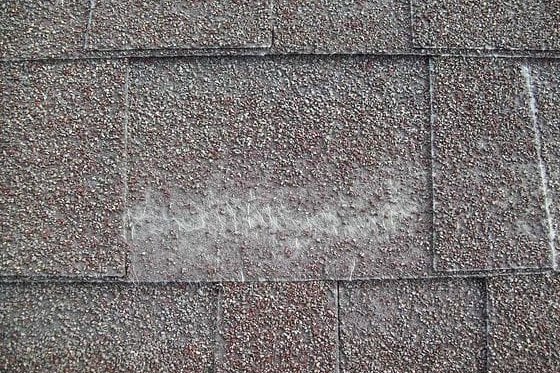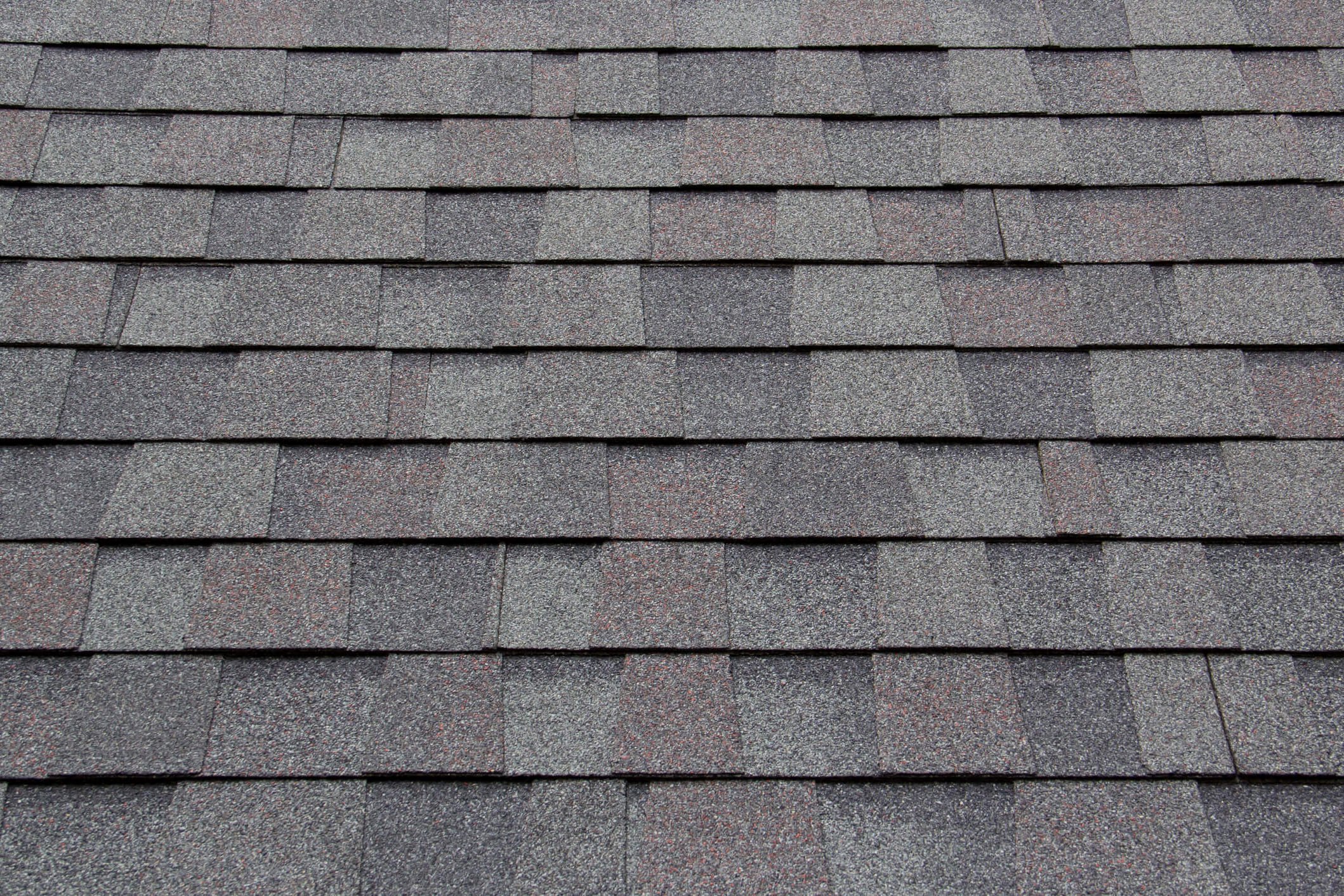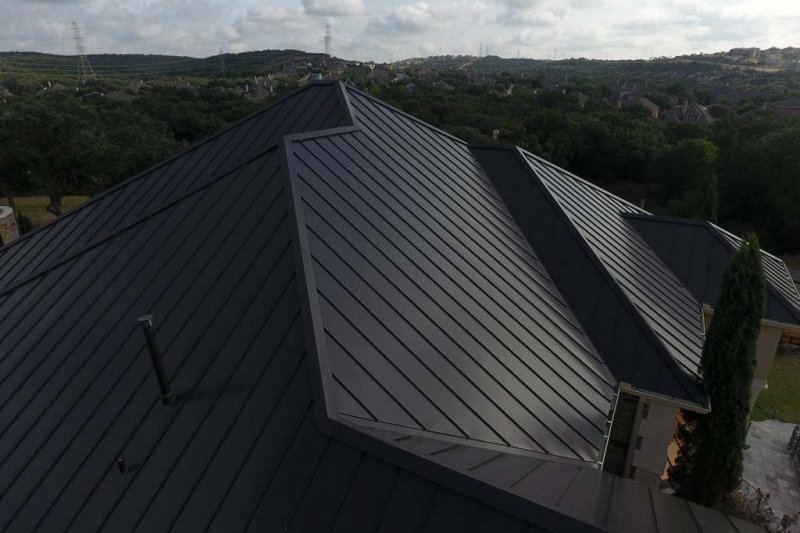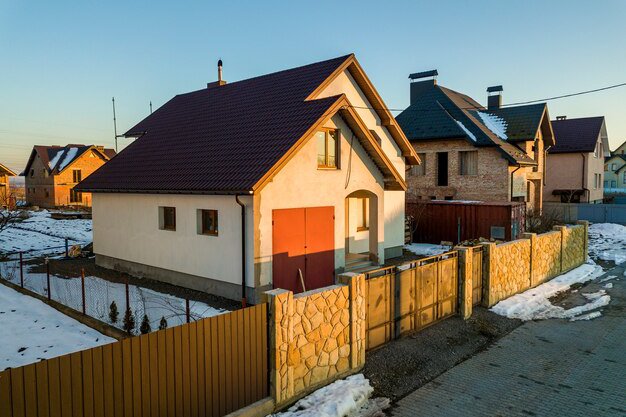Exploring Solar Shingles in Rainier, Oregon: Benefits, Costs, and Installation
Homeowners in Rainier, Oregon, increasingly seek ways to enhance energy efficiency, reduce utility bills, and contribute to a sustainable future. While traditional solar panels have been a popular choice, an innovative option is gaining traction: solar shingles. These integrated roofing materials offer a dual function, serving as both a protective roof covering and a source of clean, renewable electricity. Choosing the right roofing solution is a significant decision, impacting your home's value, appearance, and long-term energy costs. Understanding the technology behind solar shingles, their advantages, and the installation process is crucial for making an informed choice for your property in the Pacific Northwest.
What Exactly Are Solar Shingles?
Unlike conventional solar panels that are mounted on top of an existing roof, solar shingles, also known as Building Integrated Photovoltaics (BIPV), are designed to be the roof. They are manufactured to look like standard asphalt shingles, slate, or other roofing materials, integrating seamlessly into the roofline for a sleek, uniform appearance.
Each solar shingle contains photovoltaic cells that convert sunlight into electricity. These shingles are installed section by section across the roof, covering the necessary area to meet the home's energy needs. The installed shingles are then connected to an inverter, typically located near the home's electrical panel, which converts the direct current (DC) electricity generated by the sun into alternating current (AC) electricity usable by the home or sent back to the grid.
The primary appeal of solar shingles lies in their aesthetics. They avoid the sometimes bulky or conspicuous look of rack-mounted panels, offering a more subtle way to go solar, which can be particularly attractive in neighborhoods with homeowner association guidelines or for homeowners prioritizing curb appeal.
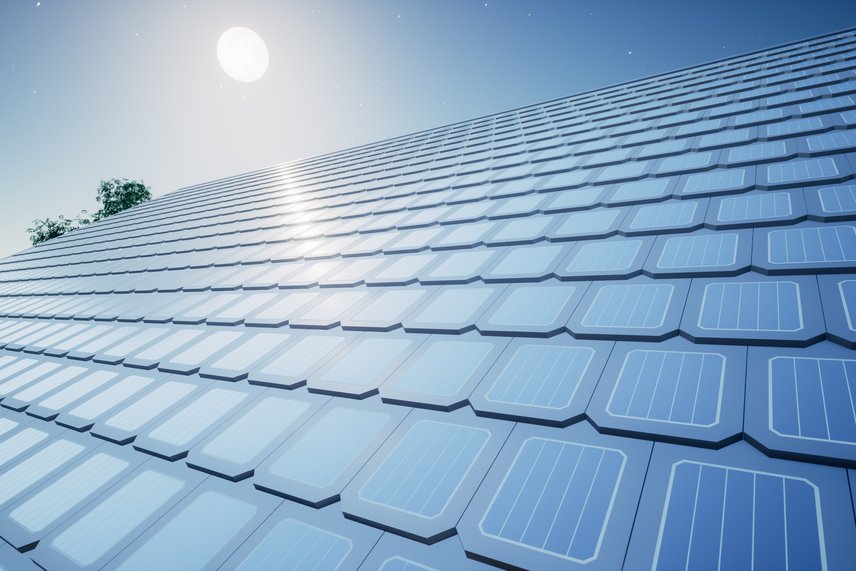
The Many Benefits of Choosing Solar Shingles
Investing in solar shingles offers a range of advantages beyond simply generating electricity. For homeowners considering a roof replacement, combining the two projects can streamline the process and potentially offer cost efficiencies compared to installing a new roof and then adding traditional solar panels later.
- Aesthetics: This is often the most cited benefit. Solar shingles blend in with the roof, maintaining or even enhancing the home's visual appeal. They are far less noticeable than traditional panels, which can be a significant factor for many homeowners.
- Energy Savings: The fundamental benefit is reducing or eliminating your reliance on grid electricity. By generating your own power, you can significantly lower your monthly utility bills, potentially saving thousands of dollars over the lifespan of the system.
- Increased Home Value: Homes equipped with solar energy systems, including solar shingles, often command a higher resale value. Studies have shown that homebuyers are willing to pay a premium for homes with owned solar systems, as they represent long-term savings.
- Environmental Impact: Generating electricity from the sun is a clean, renewable process that produces no greenhouse gas emissions. By switching to solar, you reduce your carbon footprint and contribute to a healthier environment.
- Durability and Protection: Solar shingles function as a robust roofing material, protecting your home from the elements just like traditional shingles. They are designed to withstand harsh weather conditions, including wind, rain, and hail.
- Potential Incentives: Investing in solar energy can qualify you for various financial incentives. These may include federal tax credits (like the Investment Tax Credit - ITC), state rebates, or local utility company programs. These incentives can significantly offset the upfront cost of a solar shingle system.
Solar Shingles vs. Traditional Solar Panels: A Comparison
When considering solar energy for your home, the primary decision is often between integrated solar shingles and traditional rack-mounted solar panels. Both convert sunlight into electricity, but they differ significantly in appearance, installation, cost, and performance characteristics.
Traditional Solar Panels:
- Appearance: Mounted on racks on top of the existing roof. They are visible and stand out from the roof surface.
- Installation: Typically faster and simpler than solar shingles as they are installed after the roof is in place. Requires mounting hardware attached through the roof.
- Cost: Generally have a lower upfront material cost per watt compared to solar shingles. Installation costs can vary depending on roof complexity.
- Efficiency: Often slightly more efficient at converting sunlight into electricity per square foot than current solar shingle technology, though the gap is narrowing.
- Flexibility: Can be installed on most existing roofs in good condition. Easier to remove or upgrade if needed.
- Roof Condition: Requires the underlying roof to be in good condition, as panels are expected to last 25+ years, longer than the lifespan of an aging asphalt roof.
Solar Shingles:
- Appearance: Blend seamlessly with the roof, looking like conventional roofing materials. Much less conspicuous.
- Installation: More complex, as they are installed as the roof. Often requires a full roof tear-off and replacement. Requires specialized roofing and electrical expertise.
- Cost: Higher upfront material and installation costs per watt compared to traditional panels. The cost is bundled with the roof replacement cost.
- Efficiency: Historically less efficient than panels, but newer generations are improving. Total energy output depends on the number of shingles installed.
- Flexibility: Best suited for homes needing a roof replacement anyway. Not easily installed on an existing, relatively new roof.
- Roof Condition: Replaces the existing roof, providing a new, durable roof system and solar generation in one project.
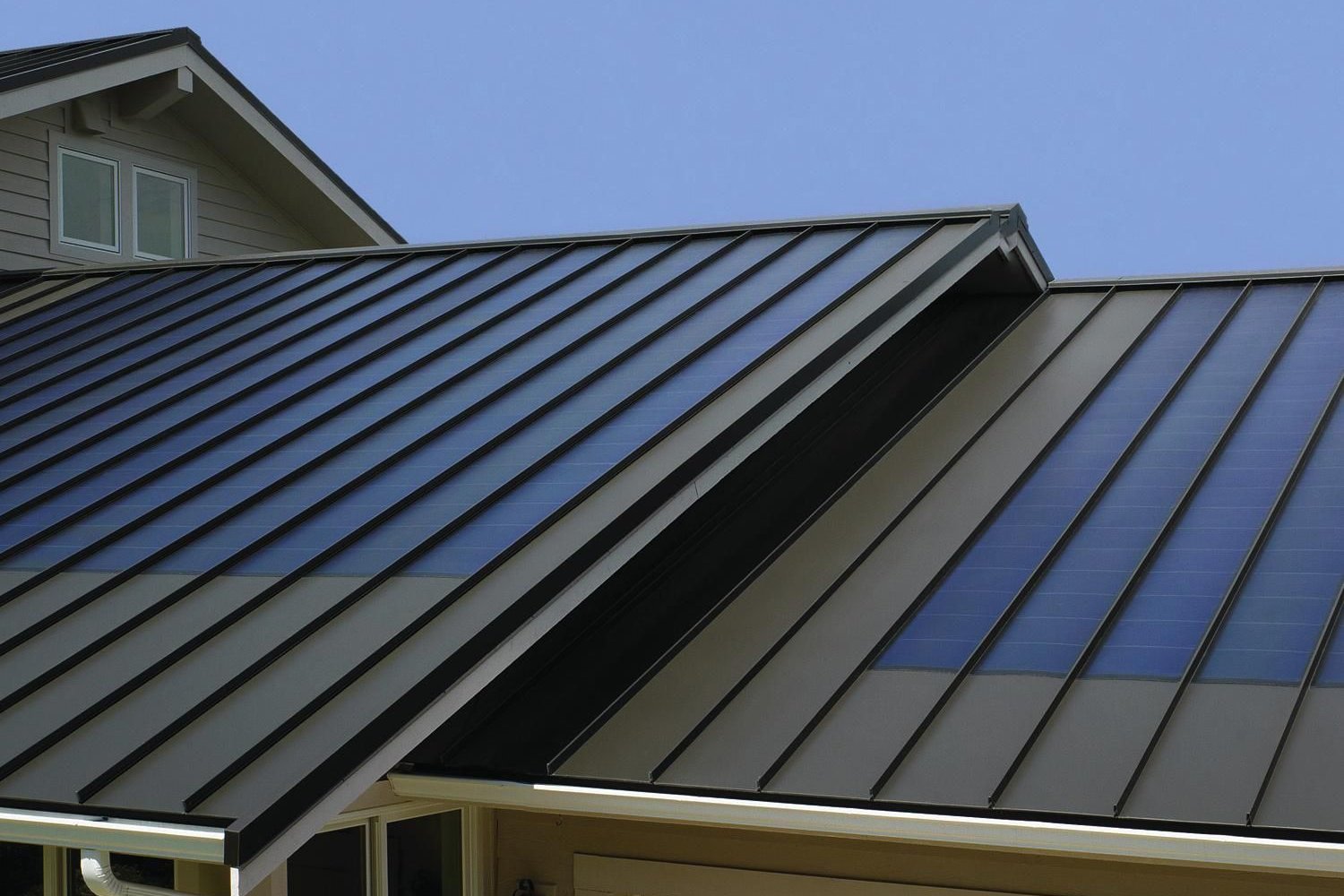
The choice between the two often comes down to priorities: aesthetics and integration (solar shingles) versus potentially lower upfront cost and slightly higher efficiency (traditional panels). If you are planning a roof replacement in the near future, solar shingles become a much more viable and attractive option.
The Solar Shingle Installation Process
Installing solar shingles is a more involved process than simply adding panels to an existing roof. It combines traditional roofing work with specialized electrical installation. Here’s a general overview of the steps involved:
- Initial Assessment and Design: A qualified contractor will assess your roof's condition, size, slope, and orientation, as well as analyze your home's energy needs and sun exposure. They will design a system layout to maximize energy generation and provide an estimate.
- Permitting and Approvals: Obtaining necessary permits from the local building department and approvals from your utility company is a critical step before work can begin. This process ensures the installation meets safety and grid connection standards.
- Old Roof Removal: If you're replacing an existing roof, the old roofing material will be completely torn off down to the roof deck.
- Roof Deck Inspection and Repair: The underlying roof deck (usually plywood or OSB) is inspected for any damage, rot, or structural issues. Any necessary repairs are made to ensure a solid foundation for the new roof.
- Underlayment Installation: A protective layer of underlayment, often synthetic or asphalt-saturated felt, is installed over the roof deck. In areas prone to ice dams or heavy rain, an ice and water shield is often applied to vulnerable areas like eaves and valleys.
- Flashing and Vent Installation: Proper flashing is installed around chimneys, vents, skylights, and other roof penetrations to prevent water leaks. Vents (like ridge vents or box vents) are installed to ensure proper attic ventilation.
- Solar Shingle Installation: The solar shingles are installed section by section, similar to regular roofing shingles, but with careful electrical connections between each unit. Non-solar shingles or traditional roofing materials are used on parts of the roof that don't receive enough sun or are not part of the solar array design.
- Electrical Wiring: Electricians run wiring from the solar shingles to the inverter and then to the home's electrical panel. This involves careful routing of conduits and making secure connections.
- Inverter and Meter Installation: The inverter is installed, typically on a wall in a garage, basement, or exterior wall. A new meter might be installed by the utility company to measure the electricity generated and potentially sent back to the grid (net metering).
- System Commissioning and Inspection: Once the physical installation is complete, the system is tested to ensure it's generating power correctly. Final inspections by the local building department and utility company are required before the system can be turned on and connected to the grid.
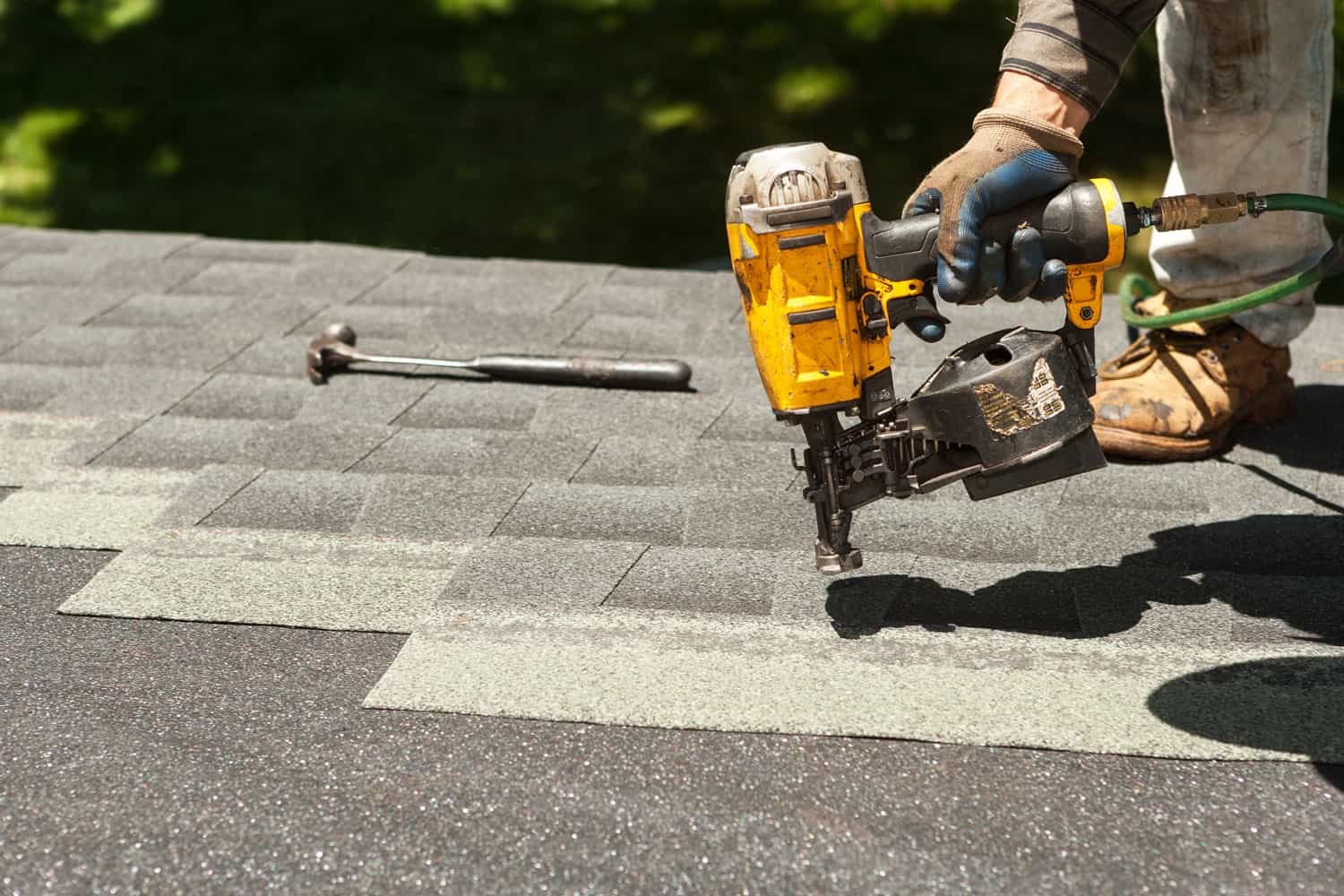
This process requires close coordination between roofing professionals and licensed electricians, highlighting the need for contractors experienced in this specific type of installation.
Key Considerations Before Installing Solar Shingles
Before committing to solar shingles, homeowners should carefully evaluate several factors to ensure they are the right fit for their property and energy goals.
- Roof Condition: Solar shingles are best installed as part of a complete roof replacement. If your existing roof is relatively new (less than 10-15 years old), it might be more cost-effective to wait or consider traditional solar panels instead. A solar shingle roof is a long-term investment, and it doesn't make sense to install it on an aging roof deck.
- Sun Exposure: The amount of electricity generated depends directly on the amount of sunlight your roof receives. Factors like roof orientation (south-facing is ideal in the Northern Hemisphere), pitch, and shading from trees or nearby buildings will significantly impact performance. A professional assessment is essential.
- Energy Needs: Determine your household's annual electricity consumption to size the solar system appropriately. You'll want a system that can offset a significant portion, if not all, of your usage.
- Local Regulations and HOAs: Check with your local building department in the Rainier area and any homeowner association (HOA) rules regarding solar installations. While many areas are becoming more solar-friendly, some restrictions may apply.
- Cost vs. ROI: Solar shingles have a higher upfront cost than traditional asphalt roofing and often higher than traditional solar panels on their own. Calculate the potential return on investment based on estimated energy savings, incentives, and increased home value over the system's lifespan.
- Finding Qualified Installers: This is perhaps the most critical consideration. Installing solar shingles requires expertise in both roofing and electrical work. Not all roofing contractors or solar installers are equipped to handle BIPV systems. Ensure you find a reputable company with proven experience specifically with solar shingles.
Planning a roof replacement or exploring solar options? Get a quick, no-obligation estimate for a standard roof replacement based on satellite imagery to help with your initial budgeting and planning.
Get Your Instant Roof Estimate
Cost and Financing Your Solar Shingle Project
The cost of installing solar shingles is typically higher than a standard asphalt shingle roof or adding traditional solar panels to an existing roof. The price per watt (the standard metric for comparing solar system costs) for solar shingles is generally higher than for traditional panels. However, the total project cost includes the price of the new roof itself, which you would eventually need to replace anyway.
Factors influencing the total cost include:
- The size of your roof and the portion covered by solar shingles.
- Your home's energy needs, which determine the required system size (total wattage).
- The complexity of your roof design (multiple angles, dormers, skylights).
- The specific brand and type of solar shingle chosen.
- Local labor costs in the Rainier area.
- Any necessary repairs or upgrades to the roof deck or electrical panel.
While the upfront cost can be substantial, various financing options are available:
- Cash: Paying cash offers the highest long-term savings by avoiding interest.
- Solar Loans: Many banks and credit unions offer specific loans for solar installations, often with favorable terms.
- Home Equity Loans/Lines of Credit (HELOC): You can borrow against your home's equity.
- PACE Programs: Property Assessed Clean Energy programs (where available) allow you to finance energy efficiency and renewable energy upgrades through an assessment on your property tax bill.
- Lease or Power Purchase Agreement (PPA): In some cases, solar companies offer leasing or PPA options where they own and maintain the system on your roof, and you pay a fixed monthly fee or purchase the power generated at a set rate. However, owning the system typically provides the best long-term financial returns.
Remember to factor in potential incentives like the federal solar tax credit, which allows homeowners to deduct a percentage of the system cost from their federal taxes. State and local incentives in Oregon may also be available, further reducing the net cost.
Finding the Right Professionals for Your Solar Shingle Project
Given the complexity of installing solar shingles, selecting a qualified and experienced contractor is paramount. You need a company that is proficient in both high-quality roofing practices and solar electrical installation.
Look for contractors who:
- Have specific experience installing Building Integrated Photovoltaics (BIPV) or solar shingles.
- Are licensed and insured for both roofing and electrical work in Oregon.
- Have a strong reputation and positive reviews from previous customers, particularly for solar or complex roofing projects.
- Can provide references for solar shingle installations they have completed.
- Offer comprehensive warranties covering both the roofing materials, the solar components, and the installation labor.
- Are knowledgeable about local building codes and permitting processes in the Rainier area.
- Can clearly explain the system design, expected energy production, costs, and available incentives.
Getting multiple quotes from different contractors is always a good practice. Compare not just the total price, but also the proposed system size, estimated energy production, warranties, and the contractor's experience and professionalism.
Ready to take the next step and get detailed quotes for a solar shingle or roof replacement project? Skip the search and connect directly with pre-vetted, qualified local roofing and solar professionals.
Book Your Roofing Appointment
Frequently Asked Questions About Solar Shingles
Q: How long do solar shingles last?
A: Solar shingles are designed to be durable and have a lifespan comparable to high-quality traditional roofing materials, often 25-30 years or more. The solar energy generating components typically come with a performance warranty guaranteeing a certain percentage of original output after 20 or 25 years.
Q: What happens if one solar shingle is damaged?
A: One of the advantages of some solar shingle systems is that they are installed in sections or arrays. If an individual shingle is damaged, it can often be replaced without affecting the entire system, similar to replacing a section of traditional roofing. However, this repair requires specialized expertise.
Q: Do solar shingles work on cloudy days?
A: Yes, solar shingles can still generate electricity on cloudy days, but their output will be significantly reduced compared to sunny conditions. They rely on sunlight, not direct heat.
Q: Can solar shingles power my whole house?
A: The goal of a solar shingle system is often to offset as much of your home's electricity usage as possible, potentially even achieving net-zero energy consumption over the year. The system size needed depends on your energy consumption and the amount of usable roof space with good sun exposure.
Q: Are solar shingles slippery or prone to snow buildup?
A: The surface texture of solar shingles is designed to provide traction, similar to standard roofing materials. Like any roof, snow can accumulate, but the dark color of many solar shingles can help melt snow faster than lighter surfaces. Proper roof design and pitch are important for snow shedding.
Q: What about maintenance?
A: Solar shingles require minimal maintenance. Occasional cleaning might be needed if dust, dirt, or debris significantly obstructs the surface, but rain often handles this naturally. Keeping surrounding trees trimmed to prevent shading and debris buildup is also recommended. Routine roof inspections are still advisable.
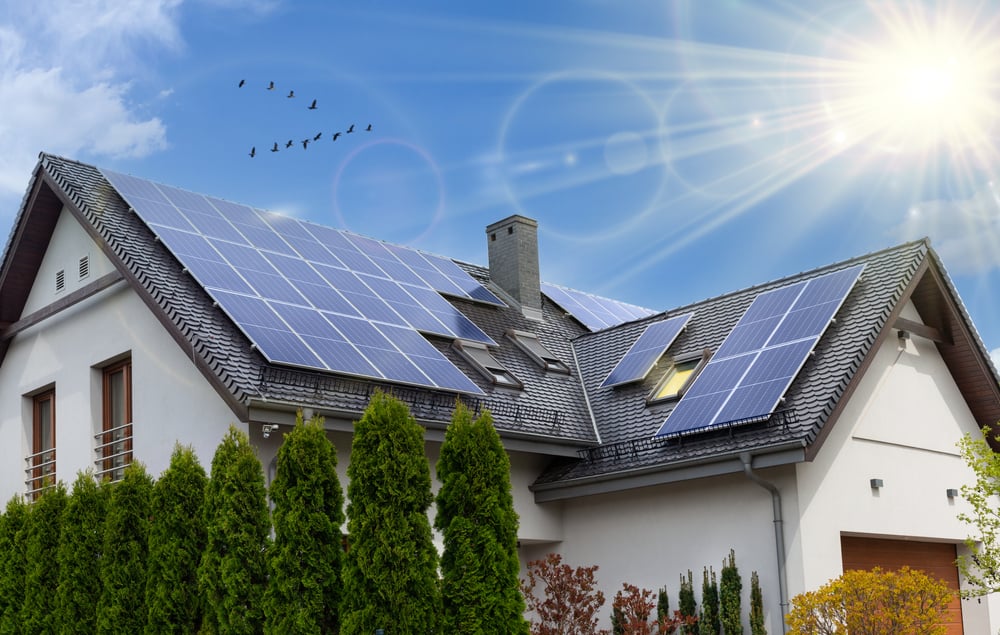
Powering Your Home with the Sun
Choosing solar shingles for your home in the Rainier area represents a significant investment in both your property and a sustainable future. This innovative roofing solution offers compelling benefits, from seamless aesthetics and long-term energy savings to increased home value and environmental stewardship. While the upfront cost and installation complexity are greater than traditional options, combining a necessary roof replacement with solar technology can be a smart financial and environmental decision over the long term. By understanding the technology, evaluating your needs, and partnering with experienced professionals, you can confidently embark on the journey to power your home with clean, abundant solar energy integrated directly into your roof.
